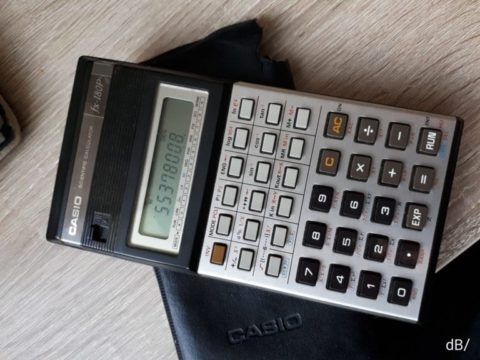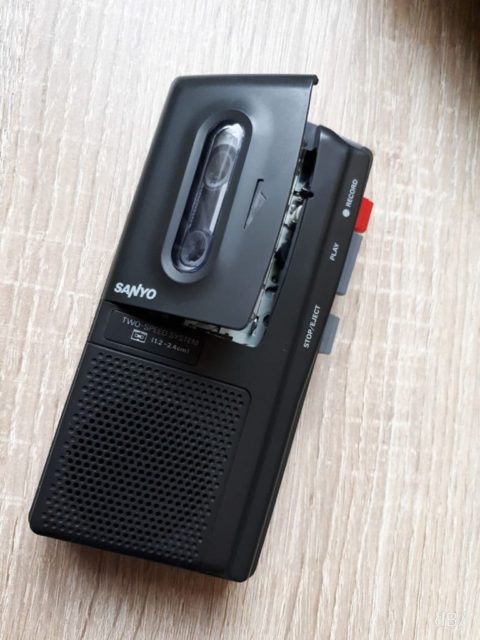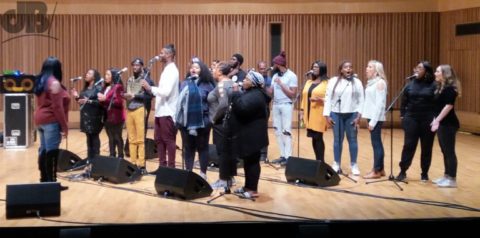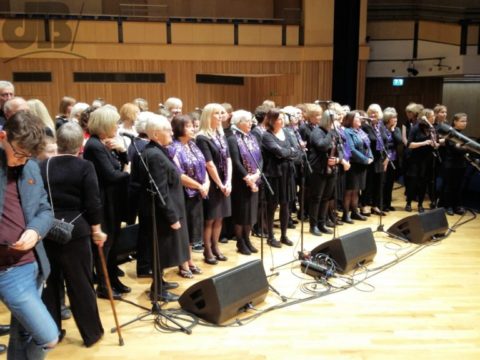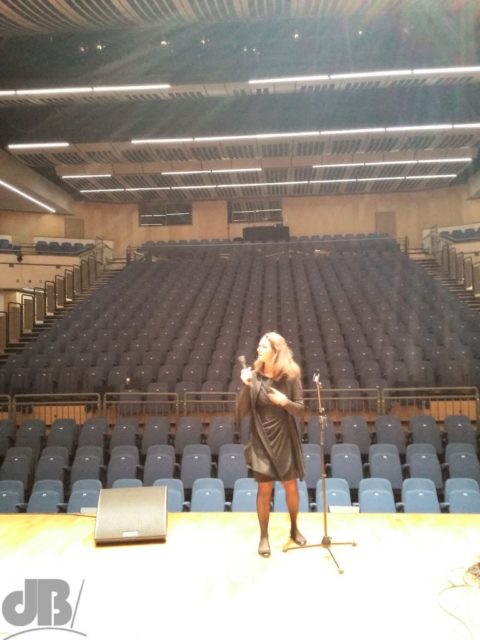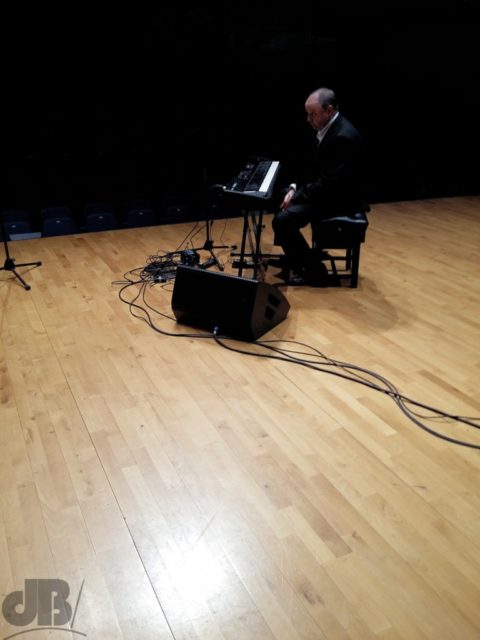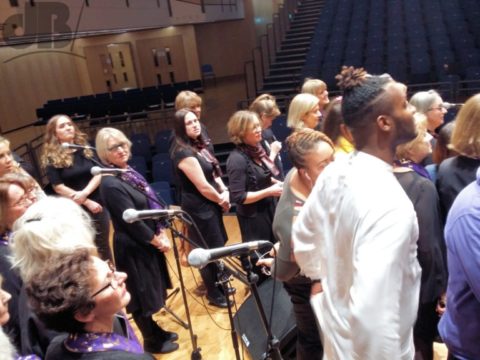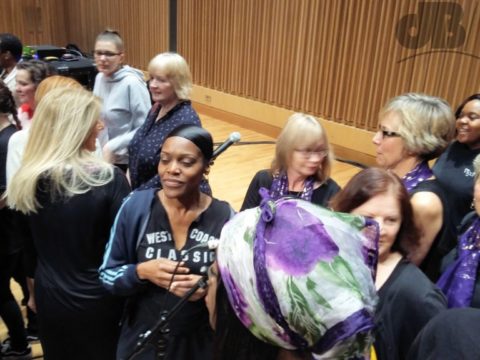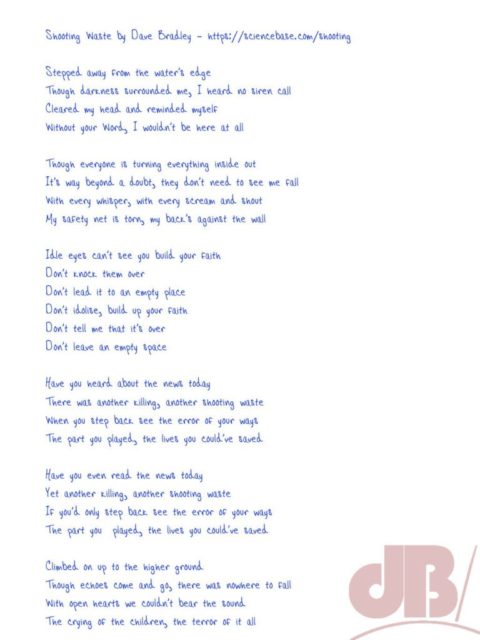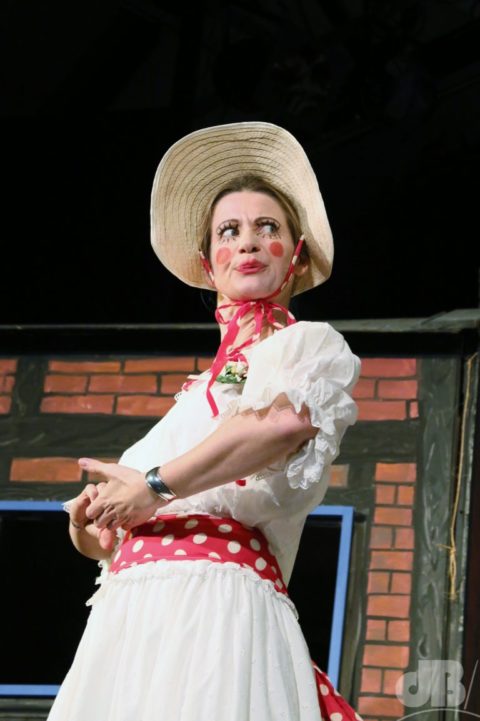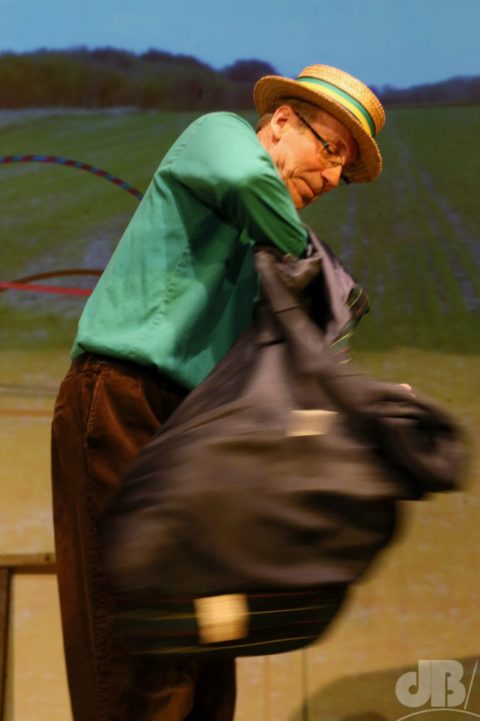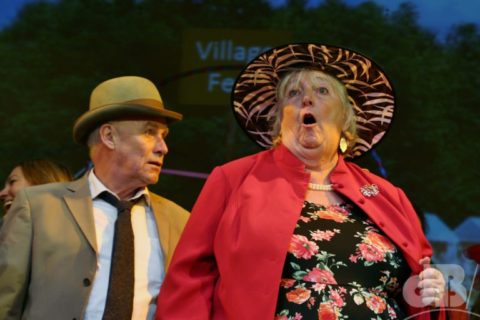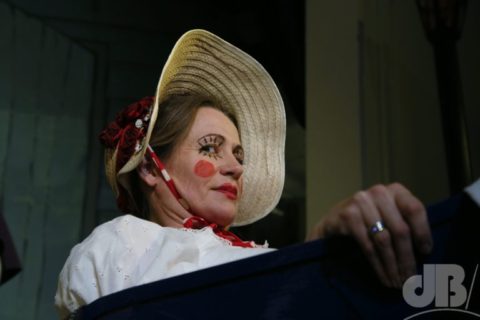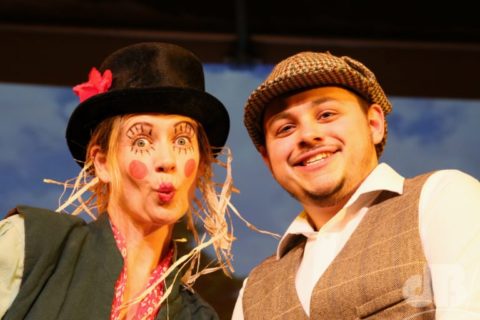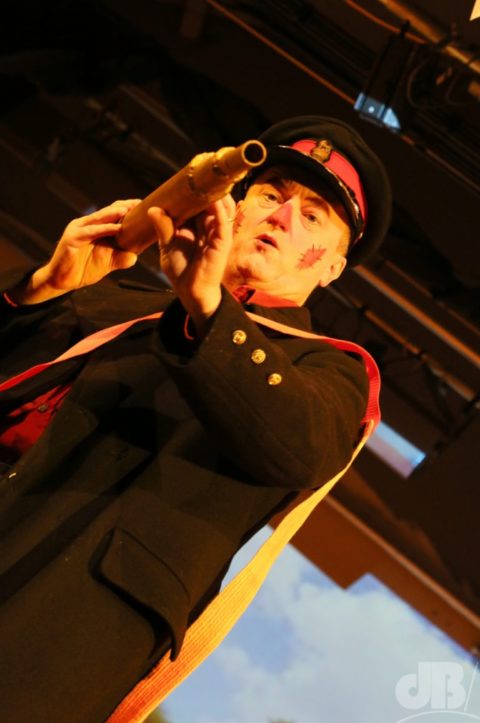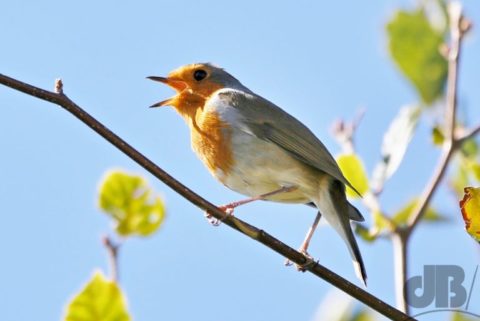I was raised in the picturesque fishing village of Cullercoats on the North East coast of England at the southern edge of the ancient county of Northumberland.
NEVER MIND THE WAFFLE, JUMP STRAIGHT TO THE SONG
I recently caught sight of an intriguing painting by Henry Perlee Parker (1795—1873), a Devonport man who married a Woodbridge girl and eventually headed to Newcastle co-founding The Northumberland Institution for the Promotion of the Fine Arts. The painting I saw was of women, Cullercoats fishwives, handling the catch from the local fishing boats known as cobles and temporarily storing it in tidal pools to keep it fresh while they gathered the rest of their catch for the creels.
This sounded like a quaint tail to tell in a modern folk song, but when Cullercoats man Arnold Brunton told me of tales of theft and skullduggery reported in the 19th Century, a quaint Cullercoats tradition took a dark turn making it even more perfect fodder for a folk song. It seems that while the heavy creels were being lugged up the bank to the top of the cliffs by the spate gatherers, the fish left on the spate was often stolen.
One can imagine the rage of the fishermen and the ensuing brawls that might have taken place outside the tiny fisherman’s cottages in the streets above the rocky scarps. Some of those homes have long since fallen into the sea taking with them the ghosts of the spate gatherers and the fishermen. The Spate Gatherers’ story is one of hard lives for both the men and the women. The men had to face the rage of the North Sea, the women had the bairns and the catch to concern them on dry land and the ever-present worry that the menfolk might one day never return, having lingered a little too long with the sirens.
The Spate Gatherers
Well the cobles come in and the fishwives they grin,
and they take on the catch from their man
On the scarp they all stand and they pass hand to hand
To keep the fish fresh as they can
It’s heavier work, than the work in the boats,
the men get to roll with the waves
Singing reels to the sirens away out to sea,
while the wives tread the rocks like they’re slaves
Then they’re lugging a load to the tops of the cliff,
it’s not easy to carry a creel
Well, it’s only a catch, but it’s fresh and it’s naturally
feeding the bairns; dance a reel!
Singing aye-diddle-aye-dai, aye-diddle-aye-dee,
A spate gatherer’s life’s not for me
Singing aye-iddle-aye-dai, aye-diddle-aye-dee
Give’uz the easier life out at sea
There’s a scratching of slate with the numbers, the date,
then they carry it south ’round the bay
They scrape over the pier and then disappear
from the view of those hiding away
What’s kept in the pools north of Jakey’s and scrapes,
is enough to pay for wor rent
But the bastards dive down and they take it to town,
another load slips through the net
Now, the tide’s on the turn and the lads they return
And they know who it is that’s to blame
With their beer inside ’em and no lack of pride, them’ll
kick two shades of spate out of them!

